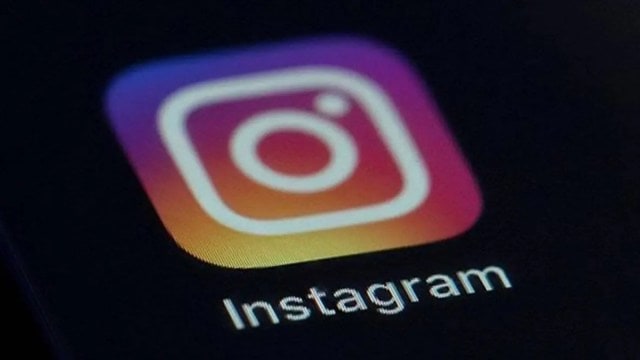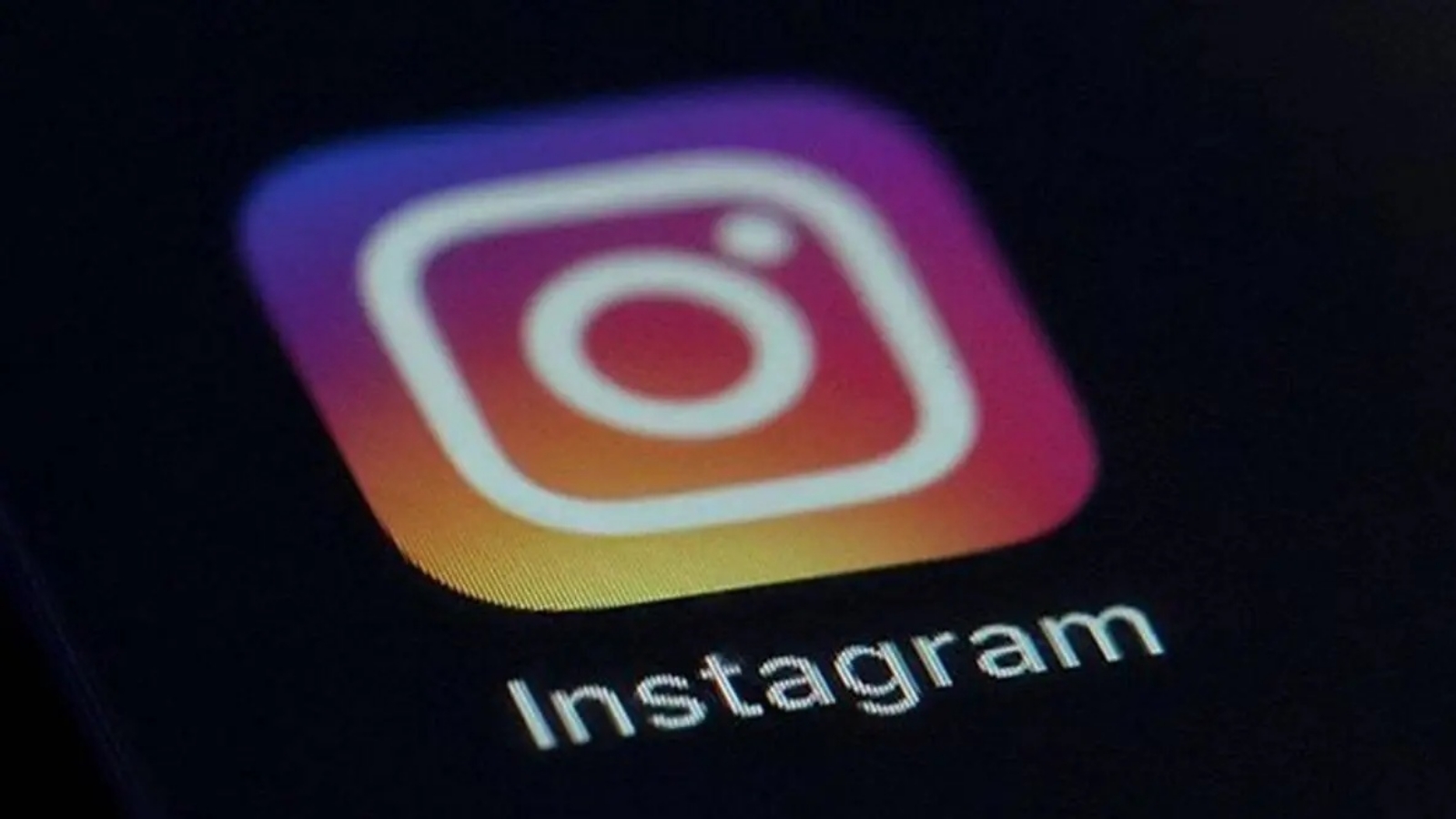
Parents perpetually bemoaning the fact that their adolescents are attached to their devices may heave a sigh of relief that Instagram has announced sweeping changes to protect users under 18. Their posts will be made private by default and notifications to minors will end at 10 pm to promote sleep. For tech-savvy kids, it’s pretty easy to bypass these restrictions, but having some guard rails in place is better than having none. By now, we’re all familiar with the worrying data out there about the havoc these addictive and anxiety-inducing platforms can create. It’s not just inappropriate content or too much screen time that parents need to worry about. Social media has irrevocably altered childhood. And not for the better.
At 13, I was climbing trees and reading Archie comics. My daughter, at the same age, is fascinated by 2-minute make-up reels that transform faces, knows every value-for-money beauty product available and has a “skin-care routine”. Far be it that it’s enough for her to play with mom’s make-up like it was for me; her birthday money is saved up for the mind-boggling range of cosmetics available, deaf to my imploring that she simply doesn’t need it. It doesn’t augur well for their future that this age group scathingly dismisses MAC and Bobby Brown as “aunty make-up”, calling out their pricing, pointing to dupes equally good, available at half the price. Influencer culture — 15-year-old brand ambassadors on Instagram posting their “get ready with me” shorts, evaluating lip glosses and highlighters have lakhs of followers — and are all the rage with girls between 10 and 14 years. Considering the shift in attitudes towards self-expression, there are no straight answers to the perplexing question: what is the right age to start wearing make-up?
Thirteen seems absurd. It almost makes one nostalgic for the Victorian era, when the purchase of cosmetics was taboo, other than for people in the performing arts. However, that doesn’t mean girls weren’t in hot pursuit of rosy cheeks back then as well; except, societal pressures meant they had to go to great lengths to hide the artificial enhancements they used to achieve a radiant glow. One rather basic technique was two hard pinches to the face, an effective if brutal way to create an illusion of (temporary) bloom. The very readable The Ladies’ Book of Etiquette and Manual of Politeness (1860) extols the effects of beetroot juice and mustard paste to work up a pretty flush, despite the unpleasant sensation of a smarting face on application. Instead of frowning upon what is essentially harmless exploration, perhaps, moms of tween should be grateful for the invention of hypoallergenic rouge instead.
The discovery of personal beauty and attraction, a rite of passage to young adulthood, used to happen a lot later. Since life is yet to happen to them, middle schoolers retain the ability to live firmly in the moment, deeply absorbed in the magic and drama of learning and forming friendships. There was a larger window to transition between childhood and girlhood, a critical time when girls are old enough to know they’re becoming women but aren’t yet wracked by self-consciousness. These days, the preteen wonder years, a time of innocence, is lost, because the social rewards for hyper femininity begin way too early. Girls can’t just be themselves because the narcissistic, superficial content they’re consuming gently manipulates them into believing they need to be something else.
Back in the 1980s and 1990s, across the convent schools dotting India, you’d get a rap on your knuckles for wearing nail polish or kajal. The stern message being to stay grounded: appearances are not reality. Today’s virtual life demands the opposite from girls, that they seek validation from their peers online. The psychological cost to viewing airbrushed lives is that we feel compelled to airbrush our own.
The writer is director, Hutkay Films


